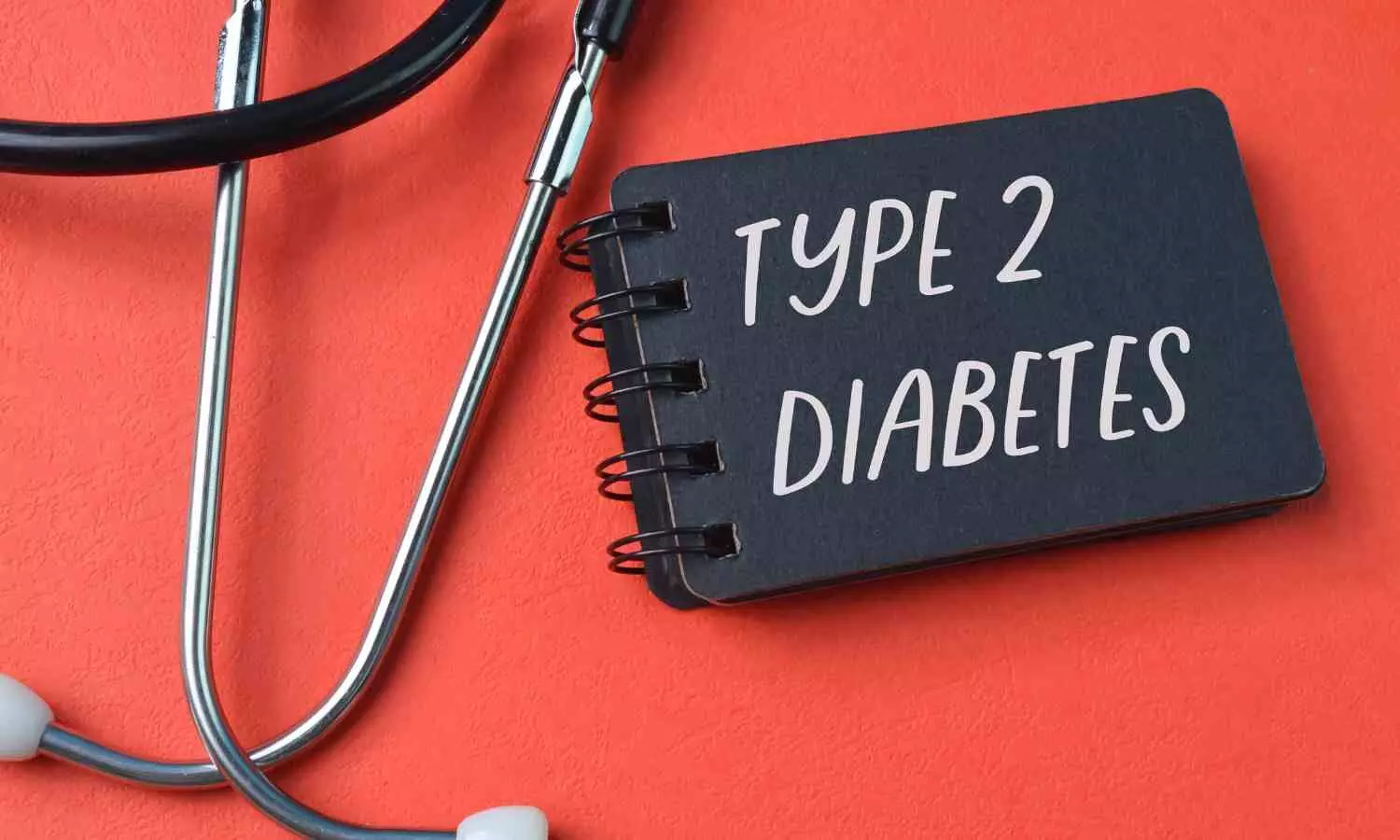Heme iron found in red meat and other animal products significantly linked type 2 diabetes: Study

Higher intake of heme iron, the type found in red meat and other animal products-as opposed to non-heme iron, found mostly in plant-based foods-was associated with a higher risk of developing type 2 diabetes (T2D) in a new study led by researchers at Harvard T.H. Chan School of Public Health. While the link between heme iron and T2D has been reported previously, the study’s findings more clearly establish and explain the link.
“Compared to prior studies that relied solely on epidemiological data, we integrated multiple layers of information, including epidemiological data, conventional metabolic biomarkers, and cutting-edge metabolomics,” said lead author Fenglei Wang, research associate in the Department of Nutrition. “This allowed us to achieve a more comprehensive understanding of the association between iron intake and T2D risk, as well as potential metabolic pathways underlying this association.”
The study will be published in Nature Metabolism.
The researchers assessed the link between iron and T2D using 36 years of dietary reports from 206,615 adults enrolled in the Nurses’ Health Studies I and II and the Health Professionals Follow-up Study. They examined participants’ intake of various forms of iron-total, heme, non-heme, dietary (from foods), and supplemental (from supplements)-their T2D status, controlling for other health and lifestyle factors.
The researchers also analyzed the biological mechanisms underpinning heme iron’s relationship to T2D among smaller subsets of the participants. They looked at 37,544 participants’ plasma metabolic biomarkers, including those related to insulin levels, blood sugar, blood lipids, inflammation, and two biomarkers of iron metabolism. They then looked at 9,024 participants’ metabolomic profiles-plasma levels of small-molecule metabolites, which are substances derived from bodily processes such as breaking down food or chemicals.
The study found a significant association between higher heme iron intake and T2D risk. Participants in the highest intake group had a 26% higher risk of developing T2D than those in the lowest intake group. In addition, the researchers found that heme iron accounted for more than half of the T2D risk associated with unprocessed red meat and a moderate proportion of the risk for several T2D-related dietary patterns. In line with previous studies, the researchers found no significant associations between intakes of non-heme iron from diet or supplements and risk of T2D.
The study also found that higher heme iron intake was associated with blood metabolic biomarkers associated with T2D. A higher heme iron intake was associated with higher levels of biomarkers such as C-peptide, triglycerides, C-reactive protein, leptin, and markers of iron overload, as well as lower levels of beneficial biomarkers like HDL cholesterol and adiponectin.
The researchers also identified a dozen blood metabolites-including L-valine, L-lysine, uric acid, and several lipid metabolites-that may play a role in the link between heme iron intake and TD2 risk. These metabolites have been previously associated with risk of T2D.
On a population level, the study findings carry important implications for dietary guidelines and public health strategies to reduce rates of diabetes, according to the researchers. In particular, the findings raise concerns about the addition of heme to plant-based meat alternatives to enhance their meaty flavor and appearance. These products are gaining in popularity, but health effects warrant further investigation.
“This study underscores the importance of healthy dietary choices in diabetes prevention,” said corresponding author Frank Hu, Fredrick J. Stare Professor of Nutrition and Epidemiology. “Reducing heme iron intake, particularly from red meat, and adopting a more plant-based diet can be effective strategies in lowering diabetes risk.”
The researchers noted that the study had several limitations, including the potential for incomplete accounting for confounders and measurement errors in the epidemiological data. In addition, the findings-based on a study population that was mostly white-need to be replicated in other racial and ethnic groups.
Reference:
Wang, F., Glenn, A.J., Tessier, AJ. et al. Integration of epidemiological and blood biomarker analysis links haem iron intake to increased type 2 diabetes risk. Nat Metab (2024). https://doi.org/10.1038/s42255-024-01109-5.



